More and more ecological solutions are being introduced in new housing estates. Developers are also starting to offer apartments in certified green buildings
So far ecological and energy-saving solutions dominated mainly in office sector. They were also used in few residential projects, mainly of single-family character. Now, developers are starting to test environmentally friendly solutions also in multifamily investments on a larger and larger scale. First certified buildings and estates appear on the market. The environmental criteria they meet are most often confirmed by a BREEAM certificate, as well as e.g. HQE certification granted by a French organisation Cerway. Green investments can be found in Warsaw's Mokotów, Żoliborz or Bemowo districts.
Developers admit that ecological solutions applied in buildings increase investment costs, which also affects the price of apartments. They emphasize, however, that they limit the negative impact on the environment, and residents of such estates may enjoy lower costs of their maintenance and pay lower utility bills. Pro-ecological building is the direction which all investors should follow, but for the time being it is only a developing trend on the residential market. Time will tell if it will turn into a trend. So far few residential projects with energy-saving installations, covered by the subsidy program from the National Fund for Environmental Protection and Water Management, have filled only a shallow niche in the offer.
How much can be saved?
Companies involved in green projects assure that thanks to the ecological solutions applied in them, maintenance of common parts in buildings is cheaper by about 10 percent. Lighting costs fall the most, even by 70-80 percent. Savings are generated mainly by energy-efficient LED technology, as well as installed motion and dusk sensors. Cheaper maintenance of buildings is possible thanks to proper thermal insulation.
In ecological projects, solutions are used to retain heat and walk. Recuperation systems are used to recover heat and, in summer, recover cool air from the air exhausted outside the building. In environmentally friendly housing estates, rainwater is used to water the estate's greenery. Energy consumption is lowered by, among others, energy-recycling lifts, solar panels powering the lighting in common areas and photovoltaic panels used to heat up utility water.
Clients expect green solutions
Developers who realize certified projects claim that apartments sell better in them. For the time being, there is only a trace amount of green, certified residential investments on the market. However, ecological and energy-saving solutions are not only the domain of certified projects. To a lesser extent, they are also implemented in many new housing developments. Developers make sure that buildings are designed in such a way as to preserve the continuity of thermal insulation and exclude thermal bridges, thus avoiding heat loss.
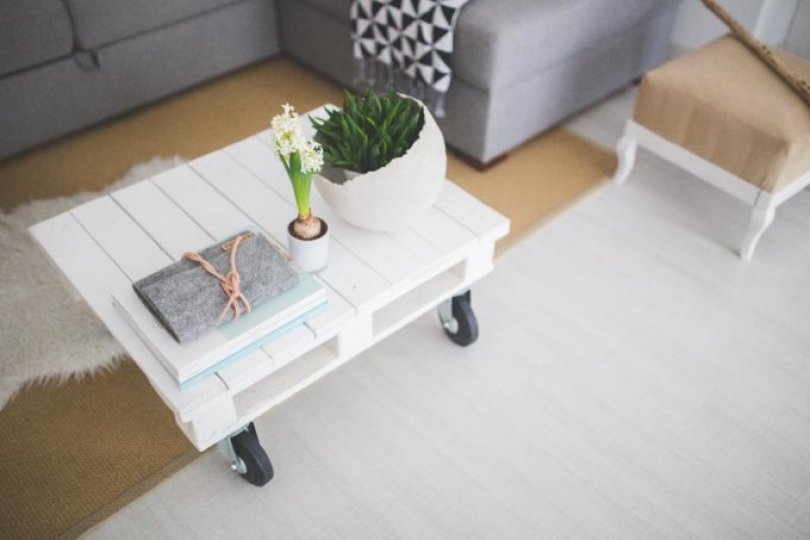
Installations converting energy from the sun appear more and more often in residential housing. As assured by investors, thanks to their application, the bills for maintenance of common parts in buildings may be lower by up to 25 percent. When designing housing estates, the rules of sustainable development are taken into account to an increasing extent. Even in downtown investments, developers strive to create an environment close to nature. They plant every piece of land and even buildings with greenery. Projects usually include green courtyards, terraces or recreational areas in the neighbourhood, if conditions allow it. More and more common are also useful solutions for cyclists.
Strongly promoted eco-communication
Tomasz Sadłocha, member of the Management Board of Ochnik Development, confirms that clients eagerly look at projects distinguished by non-standard solutions. - The investments attract with interesting architecture, good quality of finishing, as well as practical facilities and ecological solutions. In the Dzielna 64 development, which we are constructing in the Warsaw district of Muranów, we have introduced a number of modern solutions. - The representative main hall with the reception desk will be adorned with a green living wall, and illuminated trees will grow on the building's roof - mentions Tomasz Sadłocha.
- The parking spaces in the underground garage have been equipped with sockets for charging electric vehicles as well as bicycle hooks. A bicycle repair station will be located in the garage. There will be special places for bicycles in the garage and in the area of the whole investment," he assures.
Natural stone, quartz and wood
In the Dzielna 64 and Studio Centrum projects, Ochnik Development plans to use natural materials for finishing: stone and quartz facings, as well as glass and stainless steel. - The apartments will have high-quality wooden windows, which are one of the key elements affecting the consumption of heat energy in the building. We have also abandoned in our investments the use of inefficient gravitational ventilation, which we replaced with mechanical ventilation with pressure ventilators. Air exchange provided by this system is more in line with the current requirements of customers, and at the same time ensures the reduction of heat losses - emphasizes Tomasz Sadłocha.
Developers also use high quality, non-toxic, safe for health building materials. They also introduce solutions protecting residents of housing estates against harmful electromagnetic radiation emitted by an increasing number of electronic devices.
Residents of environmentally-friendly housing estates can also make use of smart home solutions. Intelligent systems, apart from providing comfort to the occupants, also contribute to cost optimisation thanks to rational, central control of heat and light.
Close to nature
In nature-friendly investments, built in line with sustainable development, especially those located far from city centres, where plots are larger, the surroundings of the buildings are developed in a very attractive way. If it is possible, developers arrange private parks, ponds or orchards. They also arrange spaces for recreation with platforms and devices for outdoor exercise. In some investments, playgrounds, bicycle paths and even mini-golf courses are created.
If the plot lies next to a natural body of water, investors revitalize waterfront areas, improving their quality so that residents of the estates can take full advantage of nearby lakes or marinas.
Source:newsrm.tv


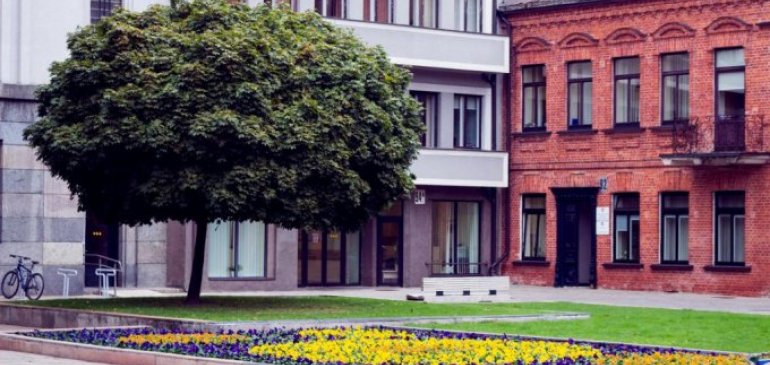
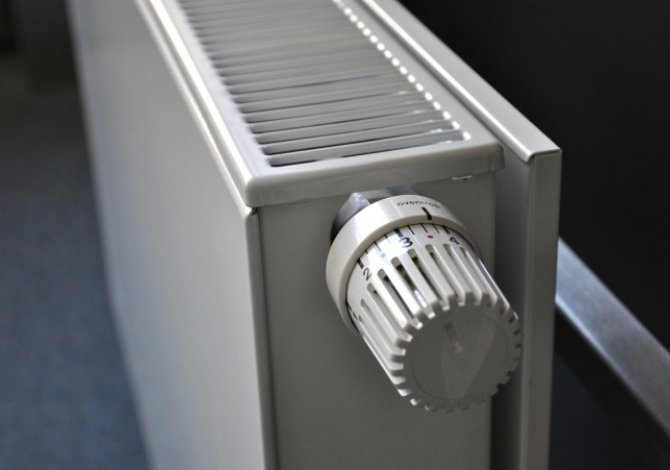
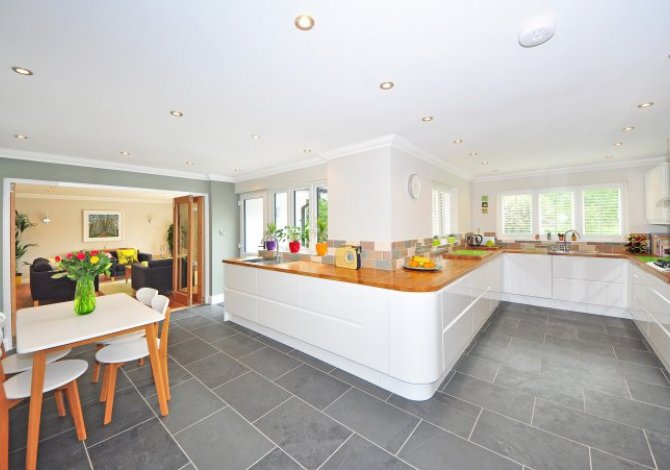
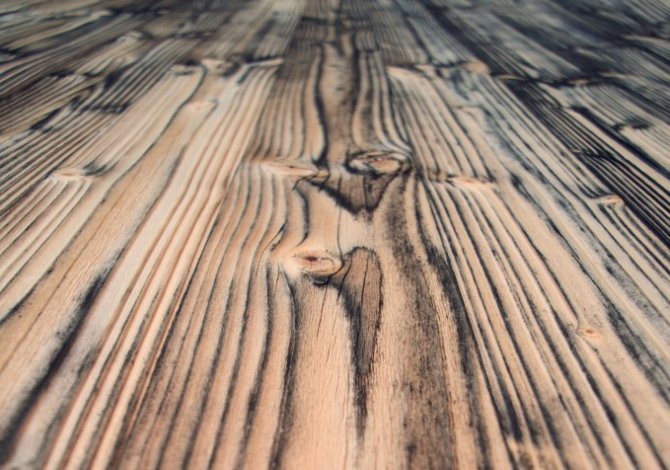







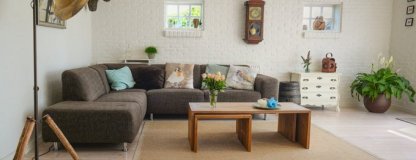


Comments (0)